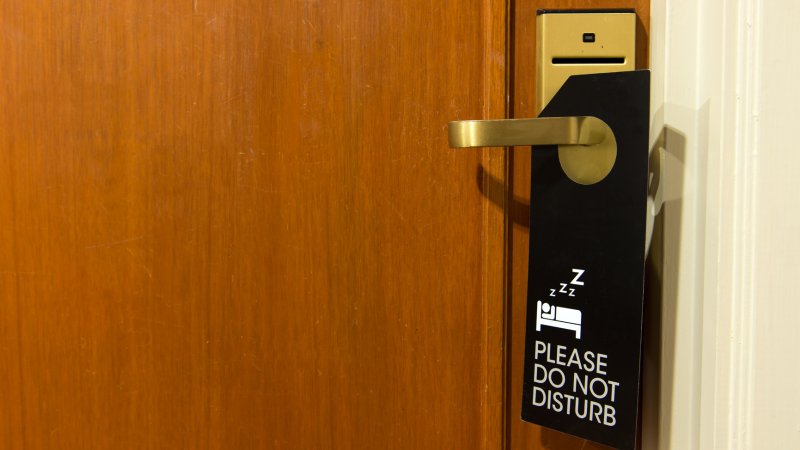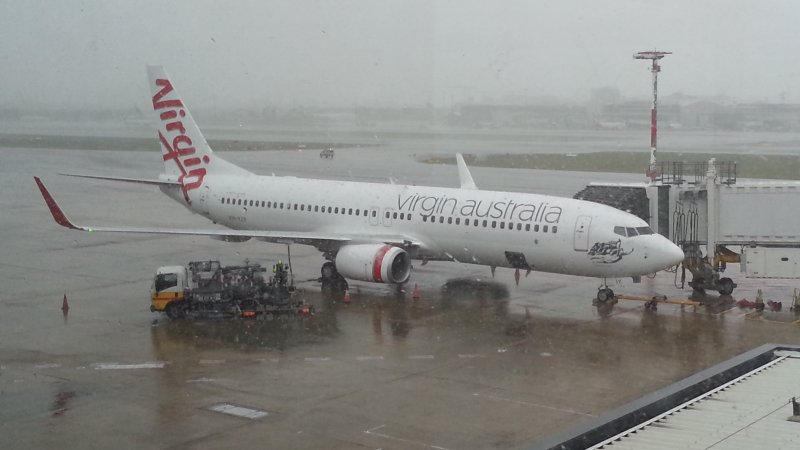Jet lag is one of the unfortunate downsides of long haul international travel, but there are ways to minimise the impact and maximise your enjoyment of your holiday.
You can’t avoid jet lag but you can minimise the effects and these are our tips. We recommend you cherry pick our suggestions to create your own ‘check list’. These suggestions are based on travelling economy. Your options will be different at the front of the plane.
What is jet lag and why do we get it?
But before we start let’s find out a bit more about what jet lag is and why we get it.
So we know that jet lag is caused by too rapidly crossing multipe time zones; our bodies simply don’t have enough time to acclimatise to those rapid changes. Because we are typically used to a sleep/wak routine that can all be thrown out when we travel long haul. Our circadian rhythm, which is based on a 24 hour clock, gets out of whack. Shift work aside our bodies become used to a regular pattern of daylight and nighttime and regulate themselves around that. The hypothalamus (in the brain) responds to signals telling it that it is time for sleep. This happens when our eyes register darkness and then the brain sends a signal to the body telling it to release melatonin, which makes your body tired. A great way to manage our responses to jet lag is to plan in advance and make pre-trip adjustments using the Timeshifter app.
Jet lag can not only spoil the first few days of your holiday (or business trip) but it can also impair your judgement, which combined with unfamiliar circumstances can be dangerous. We recall arriving at Charles de Gaulle Airport in Paris in the early hours of the morning after a long flight from Asia. We passed through immigration and then, without taking much notice of what was around us, we walked through some automatic doors and realised we were no longer airside (but our luggage was)! Fortunately we were able to get back airside without too much fuss, but it was a worrying moment and no doubt contributed to by our jet lag symptoms.
We have also had the experience of arriving in a city off a flight and thinking we were OK but then walking the same streets several days and weeks later and realising that, now jet lag free, we were seeing things much more clearly. All the colours were so much more vibrant, and we realised that our jet lag had impacted us more than we thought, even though we thought we had escaped relatively unimpaired.
Ready to fly?
Our tips for minimising jet lag
- Wherever possible fly east to west rather than west to east as this has less impact on your circadian rhythms. Of course the only way to do this is to fly around the world. Fortunately, from Australia to Europe, we are flying towards the west which makes for a better arrival in Europe, but a more challenging journey home (but at least you are then home). Consider your jet lag risk when planning your activities for the first day or so on arrival at your destination or back home.
- Water load as much as you can for 24 hours prior to flying, as well as on board. That way you might be able to have a couple of drinks in flight (perhaps it’s time to celebrate a little, but not too much). Please seek your own medical advice regarding alcohol consumption in flight; most recommendations are to not drink alcohol at all. We are not that cautious but we certainly don’t get stuck in.
- Get sound sleep before you fly so that you don’t start the journey behind the eight ball. And if flying westwards, try to go to bed later than usual for a couple of days before you fly.
- Take some Hydralyte or other electrolyte tablets on board and use them in flight and for the first 24 hours after arrival.
- Change your watch to the arrival time zone as soon as you board your flight, if not earlier, and try to match your eating and sleeping to that time zone. You might find this site useful in working out how to best manage your inflight routines. But if you feel sleepy, then get some sleep when you feel the need and are able to. Better to have some sleep ‘at the wrong time’ on a long flight, than not get any sleep at all. But make sure you adjust at your destination.
- Be conscious of the impact of blue light and that it will be more difficult to get to sleep inmediately after turning off your device, or the inflight movies. Also take a good quality sleep mask with you which is also comfortable to wear. Sleep masks are rarely provided in economy class these days, and to be honest when they are, they are poor quality and often have a nasty plastic smell. These silk sleep masks look beautiful and are on my list for our next long haul flight. For comfort you might like to add a neck pillow; we tried them and found them uncomfortable, but others swear by them. You might also like to take some earplugs and/or noise cancelling headphones,
- Take some healthy snacks on board and ask the crew for fresh fruit, then you can eat at the right time for your destination. Also consider missing some of the meals on a long haul flight. This gives your digestive system a rest when you are not being very active to burn up what you consume. Consider ordering a vegetarian meal rather than a heavier protein based meal.

- Where possible choose the airline and flight schedule that best suits you in terms of layovers, stopovers and arrival time. We are flying with Cathay Pacific to Dublin in September with a stopover in Hong Kong. It may cost more to have a stopover but you will be much less jet lagged, so we consider it value for money.
- If you can, fly so you arrive at your destination mid to late afternoon rather than early morning. Find your accommodation, have a shower and then head out for a walk to a close by restaurant for dinner. Then off to sleep. If you are arriving at a later or earlier hour then don’t make the mistake of going straight to sleep. Even when we have arrived at our Paris destination very late at night we dump our bags and head out for a drink and/or light snack so that we get some fresh air and in a sense connect with the pulse of our location. If we arrive in the early hours we try to get access to our room for a shower and then head out into the fresh air and daylight.
- Next morning get up for breakfast and then get onto your feet and hopefully into the sunshine. We often deliberately book a walking tour or other activity for the morning after we arrive. That makes sure we are up and active.
- Try not to give in to the idea of an afternoon nap, but if you feel tired have an early and easy night for that first day. If an afternoon nap is irresistible, then set an alarm and keep it short, then get up and get out of your accommodation for a while, do some walking and have a light meal. Try to get to bed at a time that works for your current location.
- Consider using melatonin to help you adjust to changes in time zones. Melatonin is now available in Australia without prescription
- We like to use Travel Essence orally, in flight as well as on arrival, plus the Travel Essence cream and mist from Australian Bush Flower Essences. These products help us to feel calm and can minimise the effects of jet lag. You might also like to consider some essential oils to both help you feel relaxed in flight and to help you feel more energised on arrival
- If you get dry eyes take some eye drops and/or saline solution on board. Also take care of your skin with a good moisturiser and hand cream.
- If like me your ankles tend to swell up, then keep your shoes on, but do wear comfortable shoes with compression socks. There are some attractive options available these days and even if they look like football socks (ours do) they are less ugly than lumpy painful ankles. Some Travel Essence cream on your ankles may also help with the swelling.
- Consider using essential oils in flight to help you to relax, and on arrival to perk you up.
A couple of our readers have made the following recommendations, the first is to take magnesium tablets at night to help with getting a sound night’s sleep. The other is to try an accupressure app called Uplift (search for this on your preferred app store), this is something we would look to try on our next long haul journey.
Looking for more travel tips and destinations?
What are your tips for minimising jet lag and arriving ready to make the most of every day?






